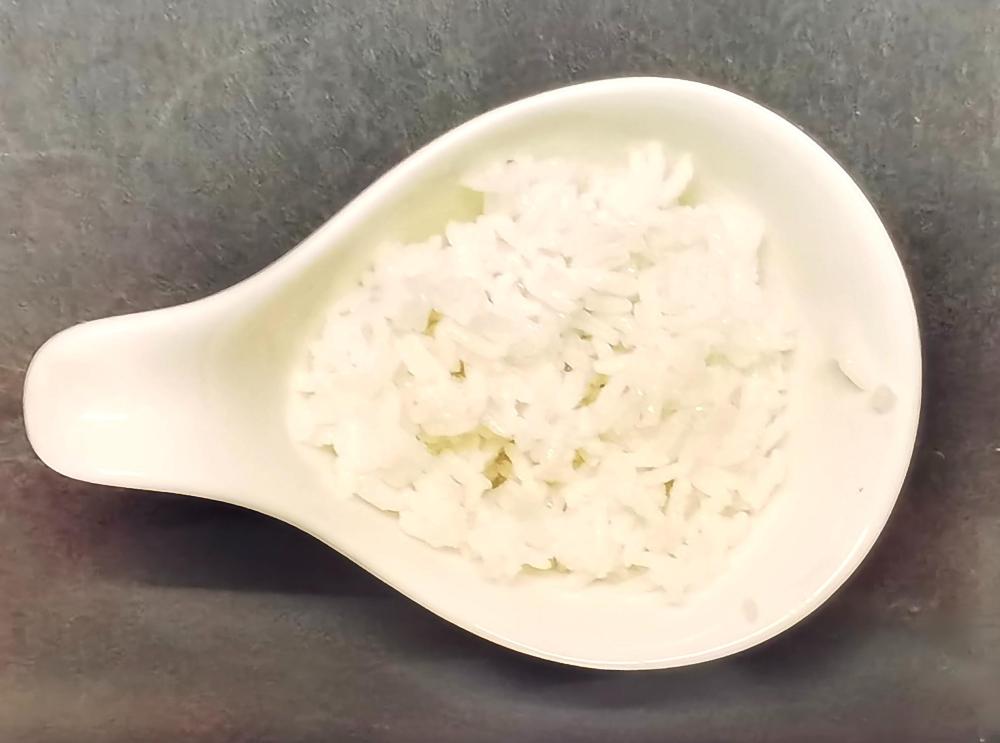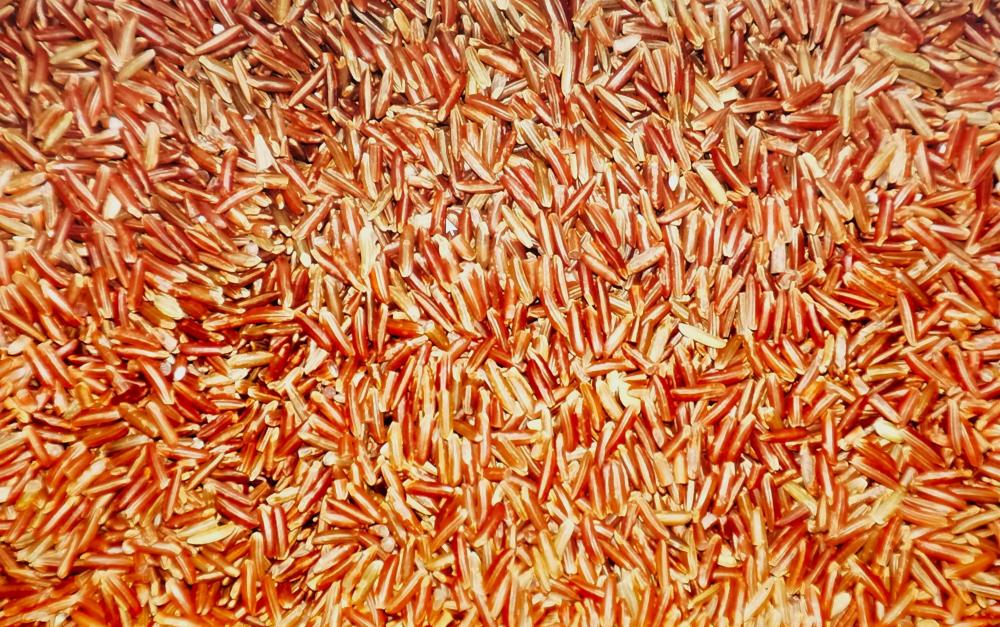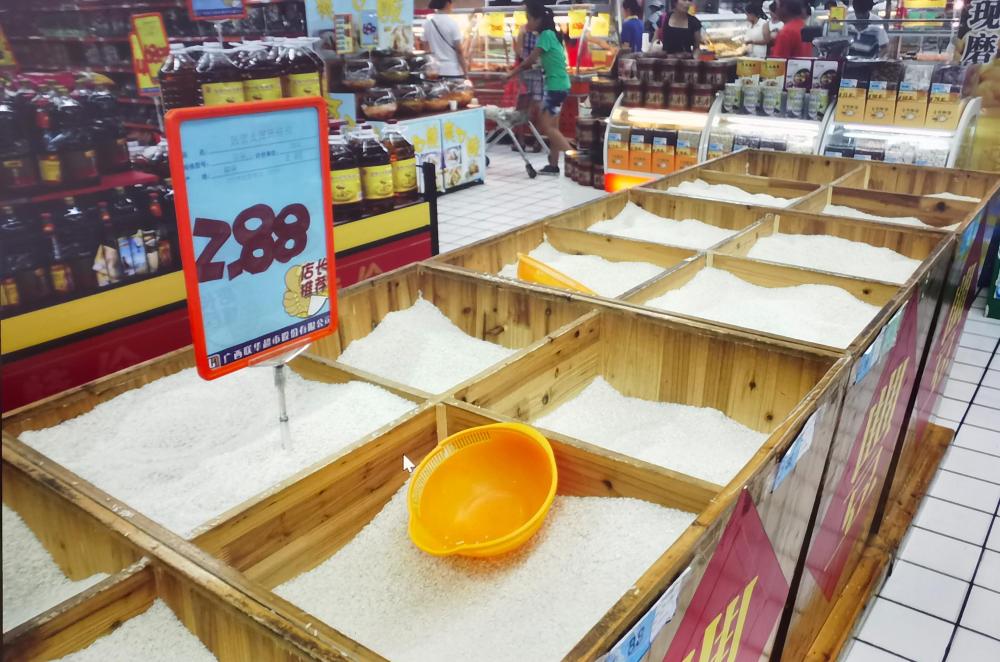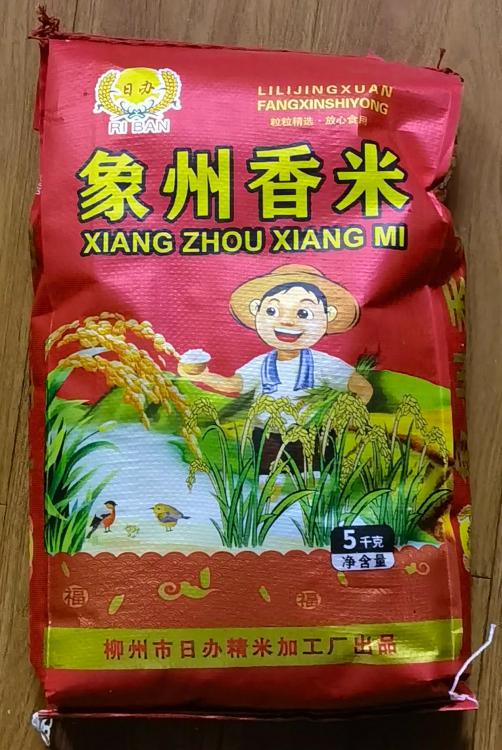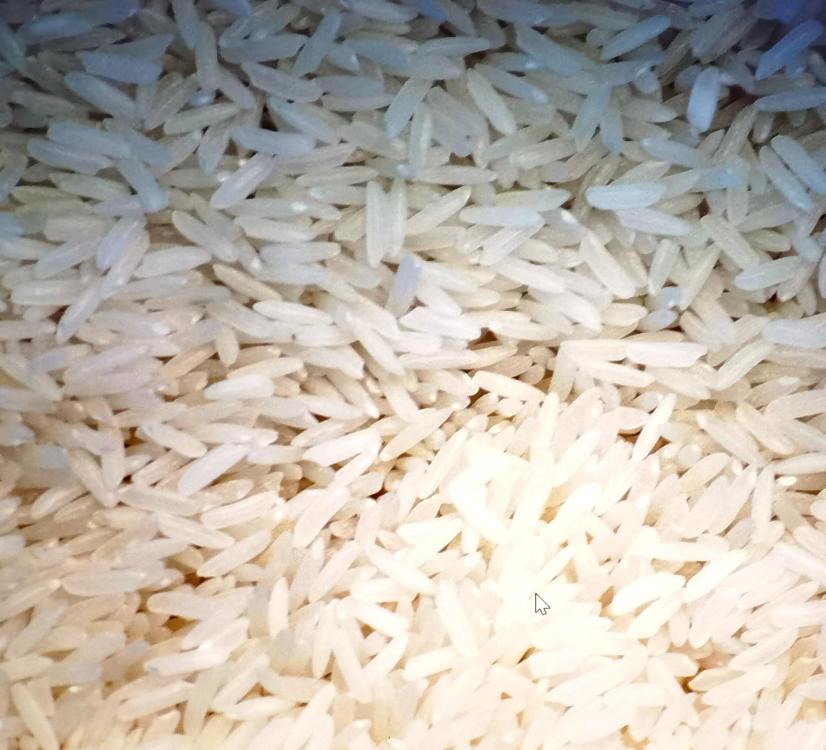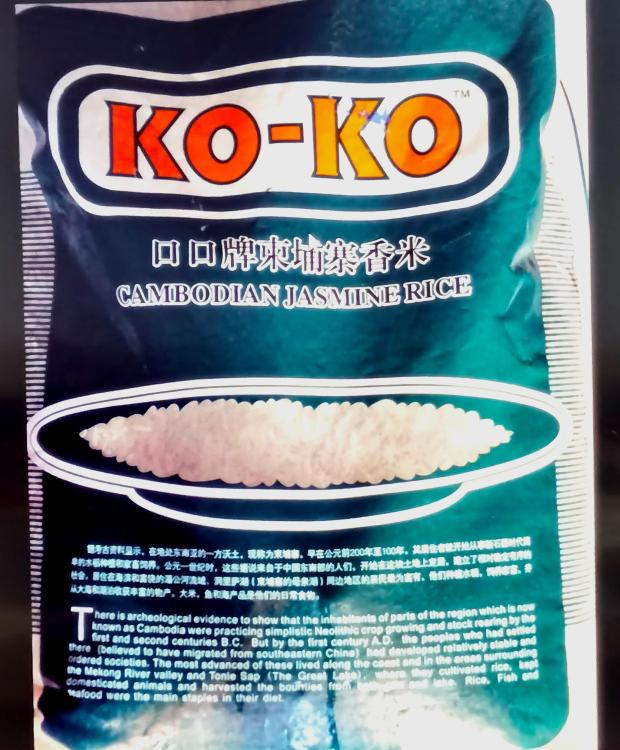Not surprisingly I suspect, it behoves me to deal with Oryza sativa. After all, it originated here and remains the staple food for millions, not only in China but worldwide. Over 50% of the world's population rely on it.
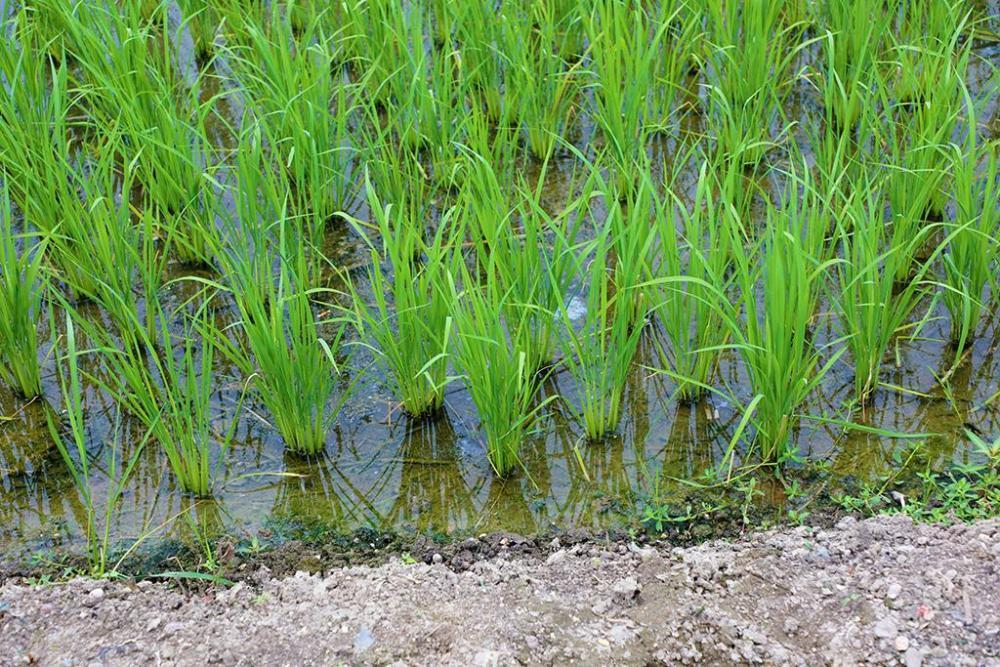
Two main sub-species are grown and eaten daily across much, but not all of China. These two are O. sativa subsp. indica, and O. sativa subsp. japonica. Basically, these are respectively long and short grain rices, although there are exceptions. The former is the most common.
The importance of rice is captured in the phrase S: 铁饭碗; T: 鐵飯碗 (tiě fàn wǎn), literally 'iron rice bowl' but meaning 'secure employment for life' as promised under Mao's regime.
At this stage, I want to emphasise that rice is not a staple everywhere in China. Northern China's staple is wheat, most often consumed in the form of wheaten noodles and pasta-like dumplings or as buns/breads.
Rice is the staple of the south where it mostly grows. Also, most noodles in the south are rice noodles.
Of course, both rice and wheat products are available all over but, in terms of staples, there is a clear north-south divide.
Uncooked, husked rice as sold in supermarkets, grocery stores and markets is known in Chinese as 大米 (dà mǐ). Cooked rice in a restaurant or at home is S: 米饭; T: 米飯 (mǐ fàn, literally 'rice food').
Most of the ethnic minorities of southern China favour glutinous rice 糯米 (nuò mǐ), O. sativa subsp. glutinosa or a glutinous strain of O. sativa japonica. This is the sticky rice also found in South-East Asia. It comes in regular form and as black rice (黑糯米 - hēi nuò mǐ), sometimes called 'forbidden rice' as it was once reserved or the Emperor's court.
五色糯米饭 (wǔ sè nuò mǐ fàn) – 5-colour glutinous rice - is a favourite at festivals. Some of the rice is coloured using vegetable dyes; some are natural.
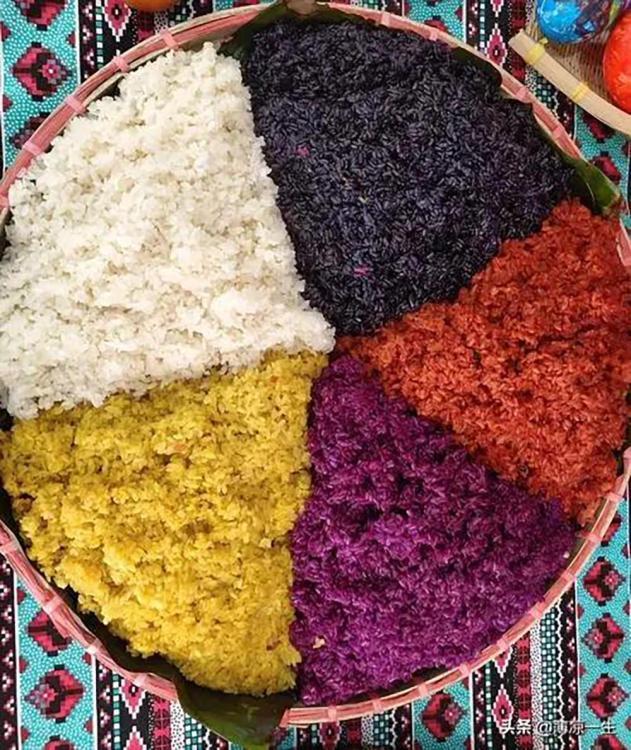
Red rice 红米 (hóng mǐ) is an indica type with a nutty flavour. Do not confuse this with red yeast rice, which is regular rice infected with Monascus Purpureus yeast. This yeast rice is used to make red rice vinegar.
红米7
Brown rice 糙米 (cāo mǐ) is available but rarely used at the dinner table. It tends to be used more for porridge (粥 - zhōu), often mixed with other grains.
Most white rice is sold unbranded in supermarkets and comes in these bins at various prices and quality levels.
It is also sold in 5 or 10 kg packs like this.
I can only suggest you buy the best you can afford and experiment until you find what you like. I find it tends to be a very personal choice.
I currently have three types of white long grain rice. A mid price type I use for congee. A local rice called cat's tooth rice due to the length of its grains.
Cat's Tooth Rice
And finally a Cambodian Jasmine rice for dinner.
One website, supposedly run by a Chinese native, recommends basmati rice for fried rice, blissfully unaware that basmati is virtually unobtainable in China. A tiny amount is imported from Pakistan but never appears here.
Like my neighbours, I cook my rice in a S:电饭煲; T. 電飯煲 (diàn fàn bāo) electric rice cooker, although I do congee in my slow cooker for convenience.
I hope no one is feeling S; 茶饭不思; T: 茶飯不思 (chá fàn bù sī) an idiom literally meaning 'no thought for tea or rice' but in fact referring to being melancholic and suffering lack of appetite.


